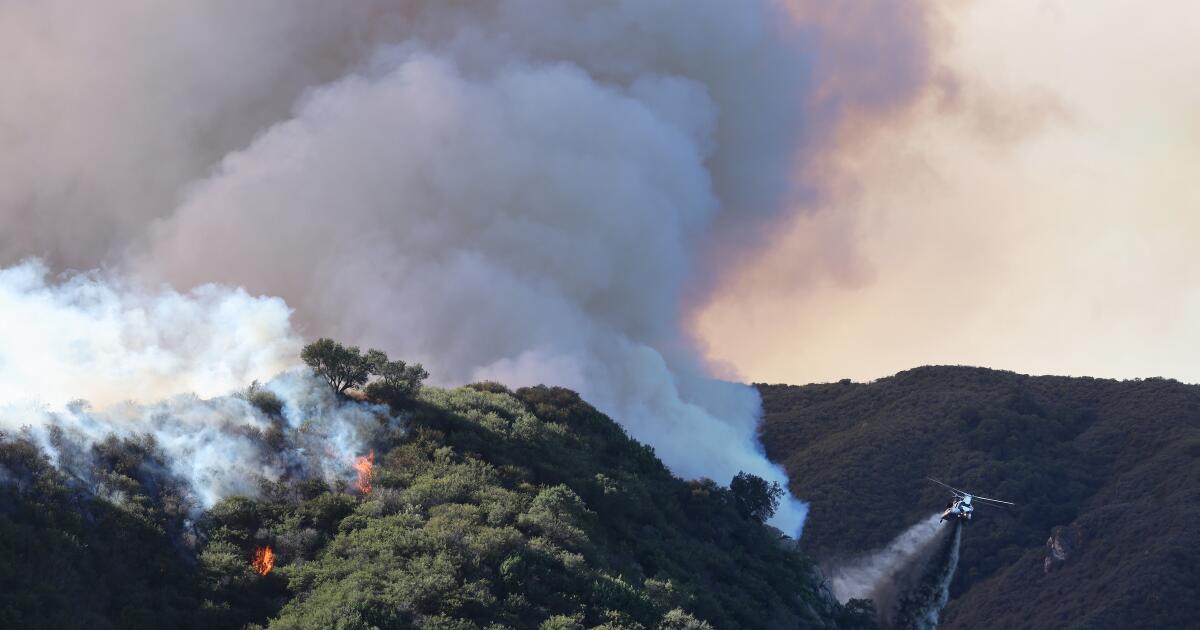MAHKU Brings Voices of Indigenous Resistance to Art Basel Miami Beach

The Brazilian group MAHKU (Acre – Amazon – Brazil) recently rocked the art world, surprising audiences with their takeover of the main stage of the Giardini square at the last Venice Biennale, curated by Adriano Pedrosa. For the first time in the Biennale’s storied history, the stark white facade was transformed into a riot of color—a sprawling, 750 m² mural that drew visitors into a kaleidoscopic world. Illustrated painting kapewë pukeni (crocodile bridge), Huni Kuin’s legend of origin. This narrative of union and separation follows mankind’s journey from Asia to the Americas via the Bering Strait, weaving a symbolic thread through the history of mankind’s ancestors.
Now, at Art Basel Miami Beach’s Positions section, Brazilian gallery Carmo Johnson Projects presented MAHKU’s message to the global art circuit with a vibrant collection of new paintings. These works continue to transmit the spiritual and ancestral knowledge of the Huni Kuin people. Each canvas explodes with a complex web of symbolic and existential characters, vividly translating Huni Meka chants—traditional chants used in ayahuasca rituals (nixi pae)—into a ecstatic visual language. These songs, which guide the participants in accepting the other, invite the viewers to surrender to the deep connection of all living things.
Although MAHKU artists paint individually, their work is bound by family ties and the shared task of passing on their cultural knowledge. Since its founding in 2012, the collective has positioned itself as a counter-force in the art world, using powerful creations as tools to resist conservation. As the Amazon forest is their museum and battlefield, they combine their art with the wisdom and practices of Indigenous communities. Their rallying cry, “Vende tela, compra terra” (“Sell paintings, buy land”), speaks volumes: everything sold pays for land restoration efforts, land restoration and independence for the Huni Kuin people. The collective’s bold approach ensures that the sale of their art directly protects their land, their culture and the fragile ecosystem in which they live.
MAHKU has set its sights on an even bigger goal: the establishment of the MAHKU Institute, an independent research center dedicated to preserving the Amazon rainforest and its Indigenous cultures. During their Art Basel Miami Beach debut, the Observer spoke with the group to explore how their model combines art and resistance, how their work incorporates the wisdom of the Amazon ancestors and how these lessons might inspire another vision of coexistence—the skilled person. to steer humanity away from natural disaster.


The works you present at Art Basel Miami Beach are closely related to the ancestors of the Huni Kuin, translating and transforming the chants of the Huni Meka, the ceremony where the ayahuasca tree is consecrated. Can you tell us more about this practice and the process of translating those songs into visual symbols?
The Huni Kuin people have maintained a tradition of ayahuasca consecration for centuries. MAHKU artists have been taught the traditions of their culture for generations. The main ingredient in the preparation of ayahuasca tea is extracted from the vine and its leaves, called nix page, which means “light from the vine.”
It is from this holy drink that mirações (visions) occur. Spiritual visions are guided by many songs of the Huni Kuin people, which we call Huni Meka songs, which divide the ritual into three different periods, starting with the songs of “calling for power,” followed by the moment of mirações, in the middle of the ritual. At this moment, the visions are characterized by points of light, very bright colors and animals that represent a large part of the Huni Kuin legends, and it is calm towards the end with the songs of “lowering the power.”
For example, Pedro Mana’s painting Yame Awa Kawanai shows the last moment of the ritual with the crossing of animals, which are slow and subtle and represent the healing process. Animals are spirits of care and protection. They are usually associated with Kayatibu Huni Meka songs that are sung so that miracles (visions) descend at the end of the ceremony. The process of translating these songs into paintings is a tool used by MAHKU—a deliberate idea under the leadership of Ibã Sales Huni Kuin, who took it as a way to preserve the knowledge of the ancestors of Huni Kuin and make it understandable to non-believers. -Indigenous people.




